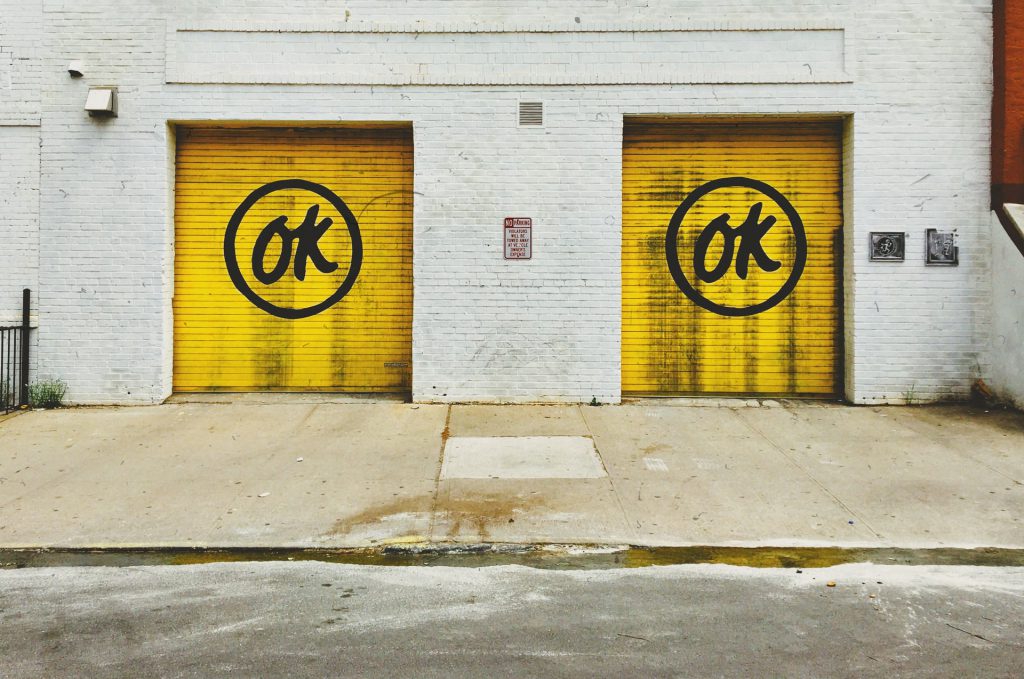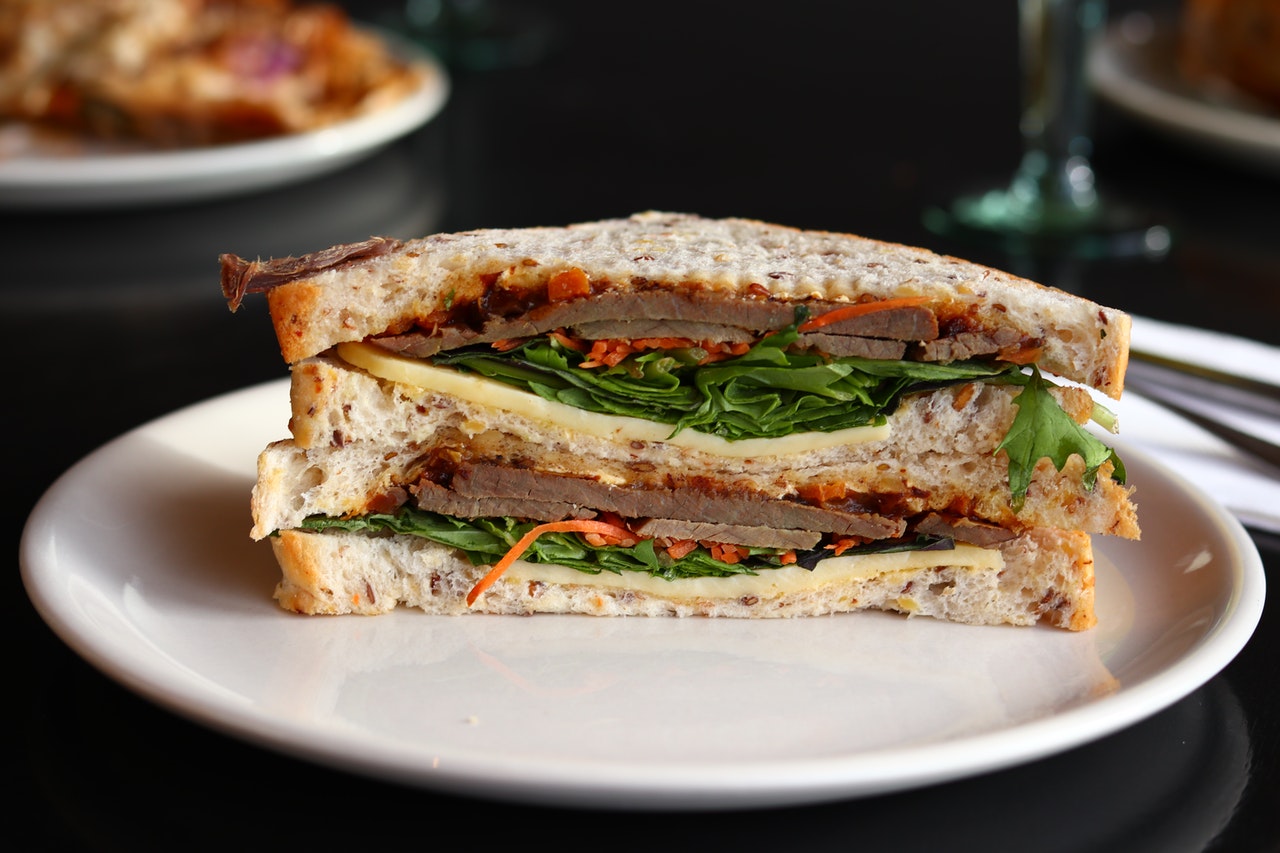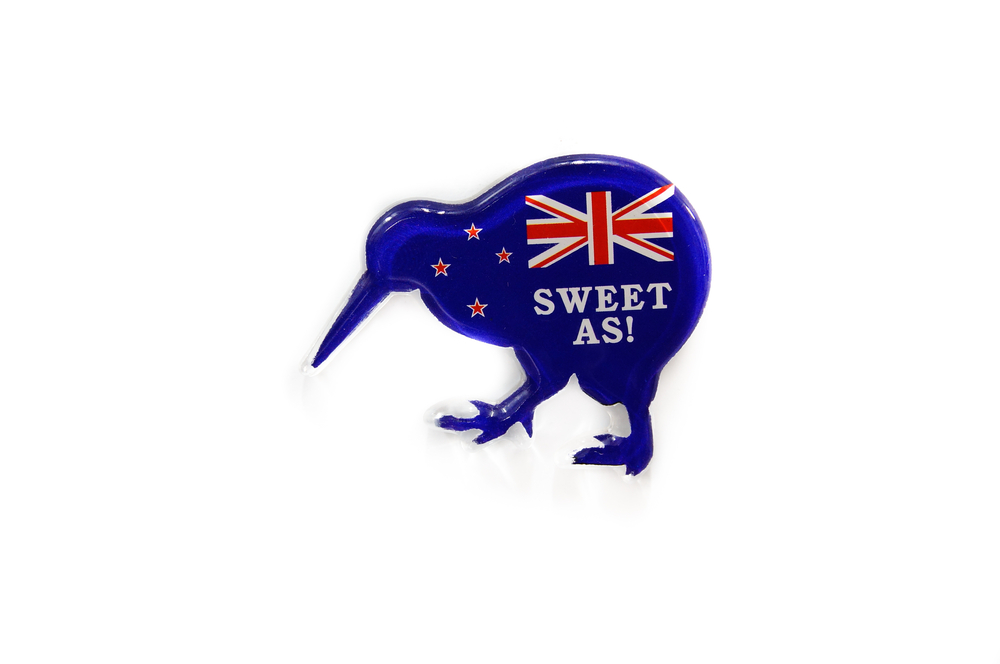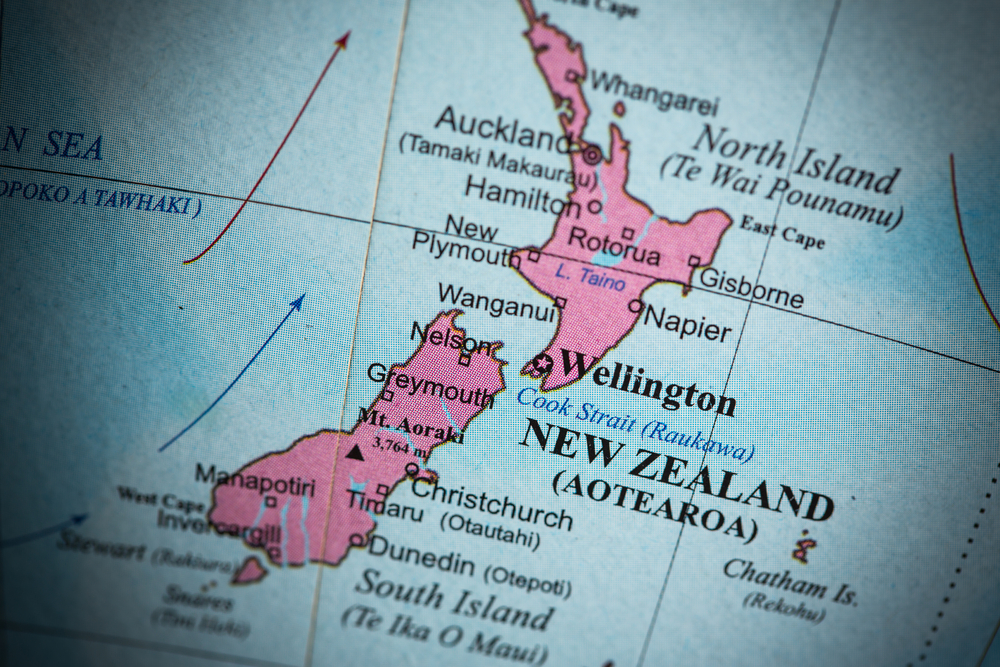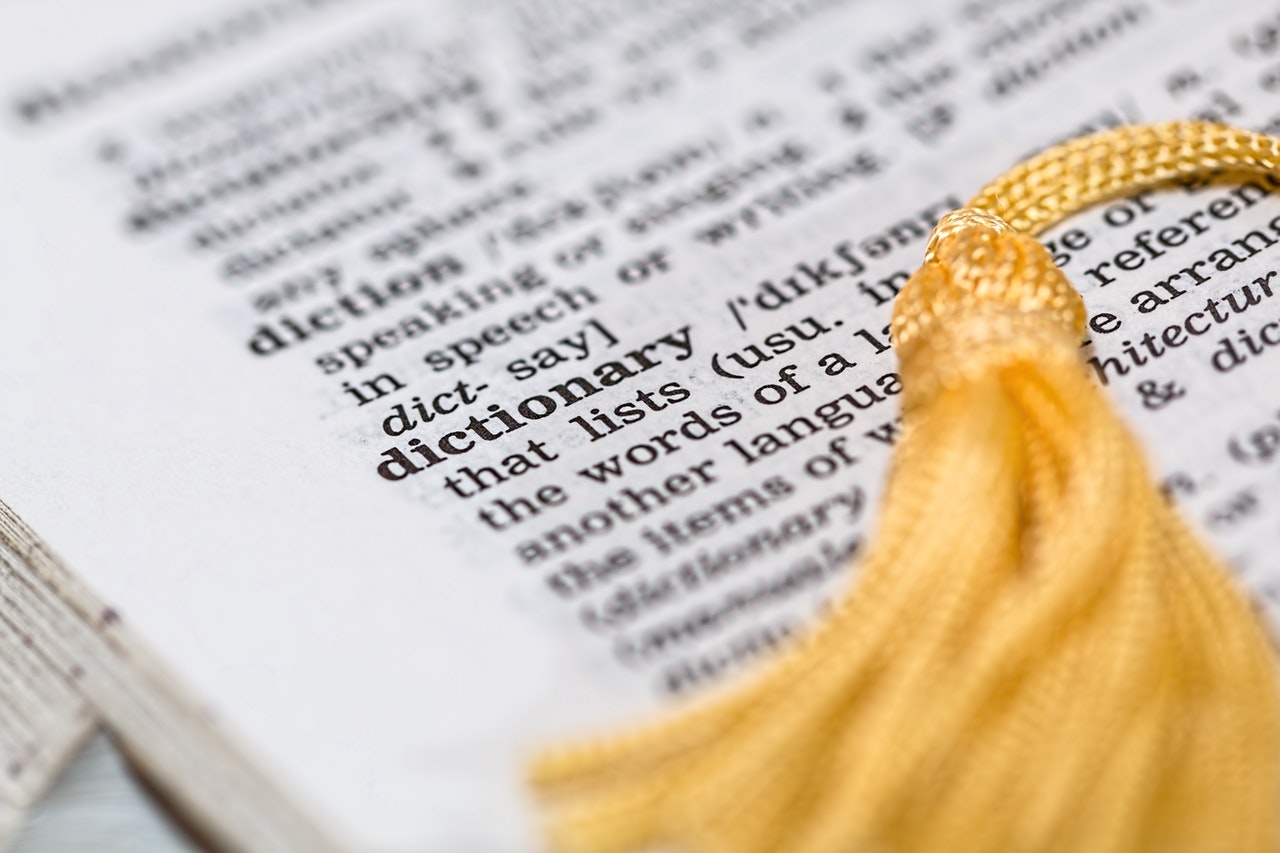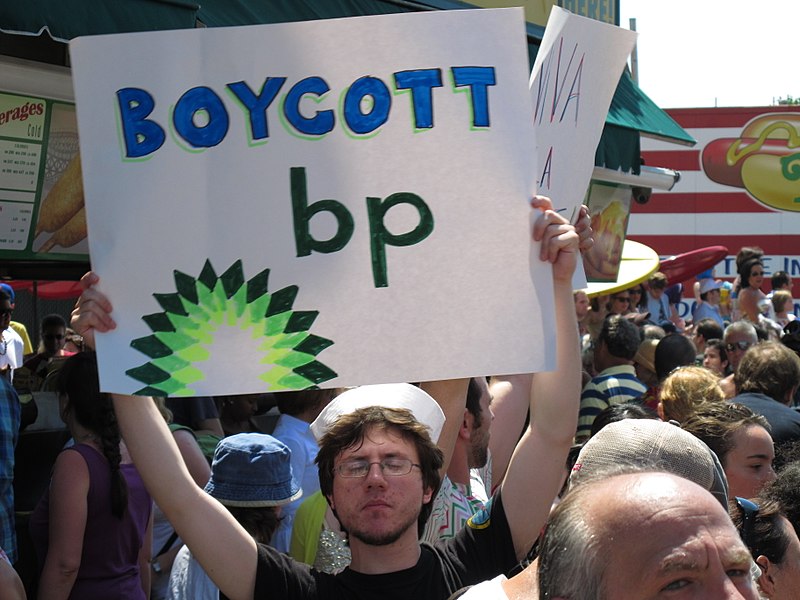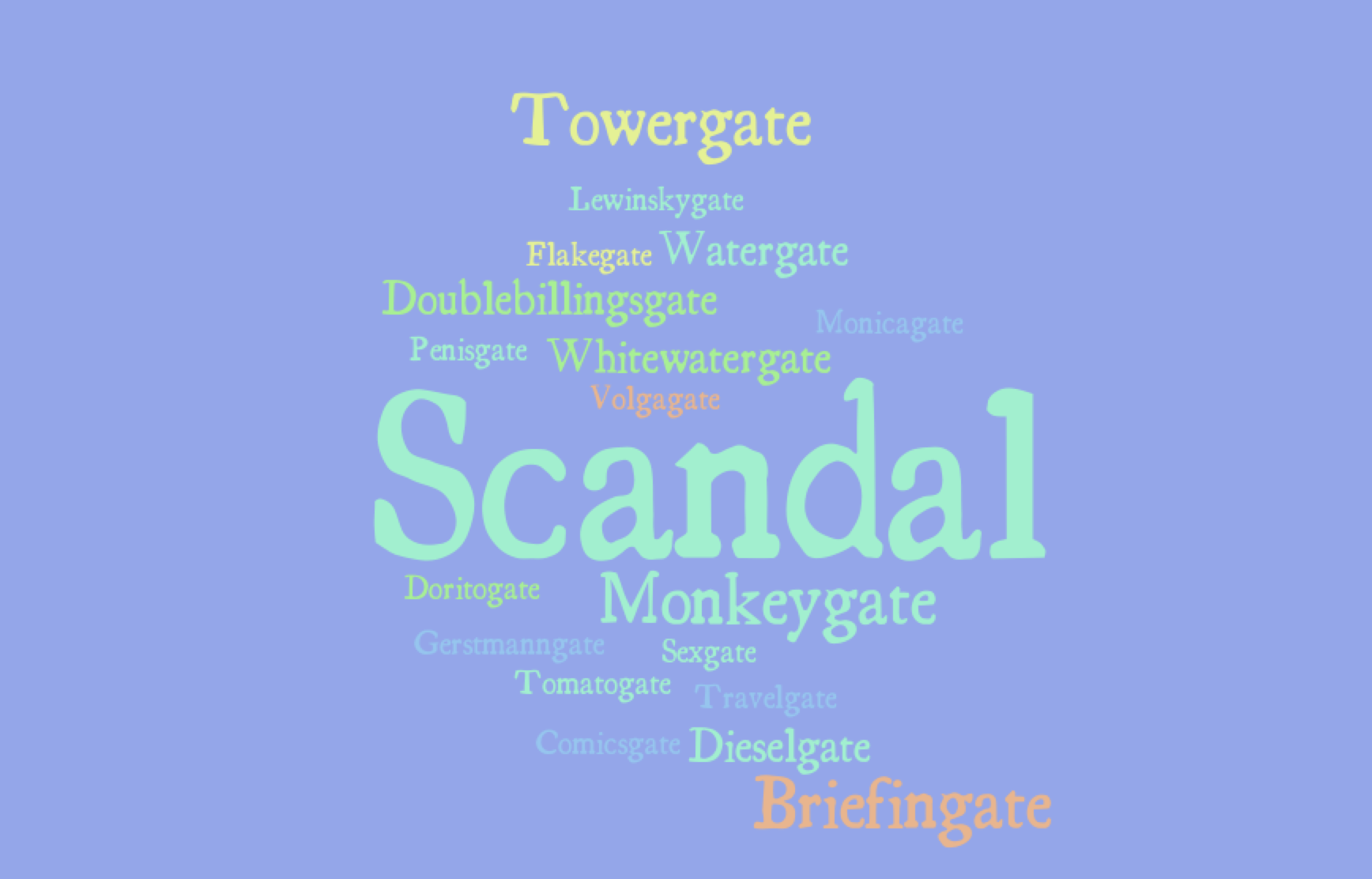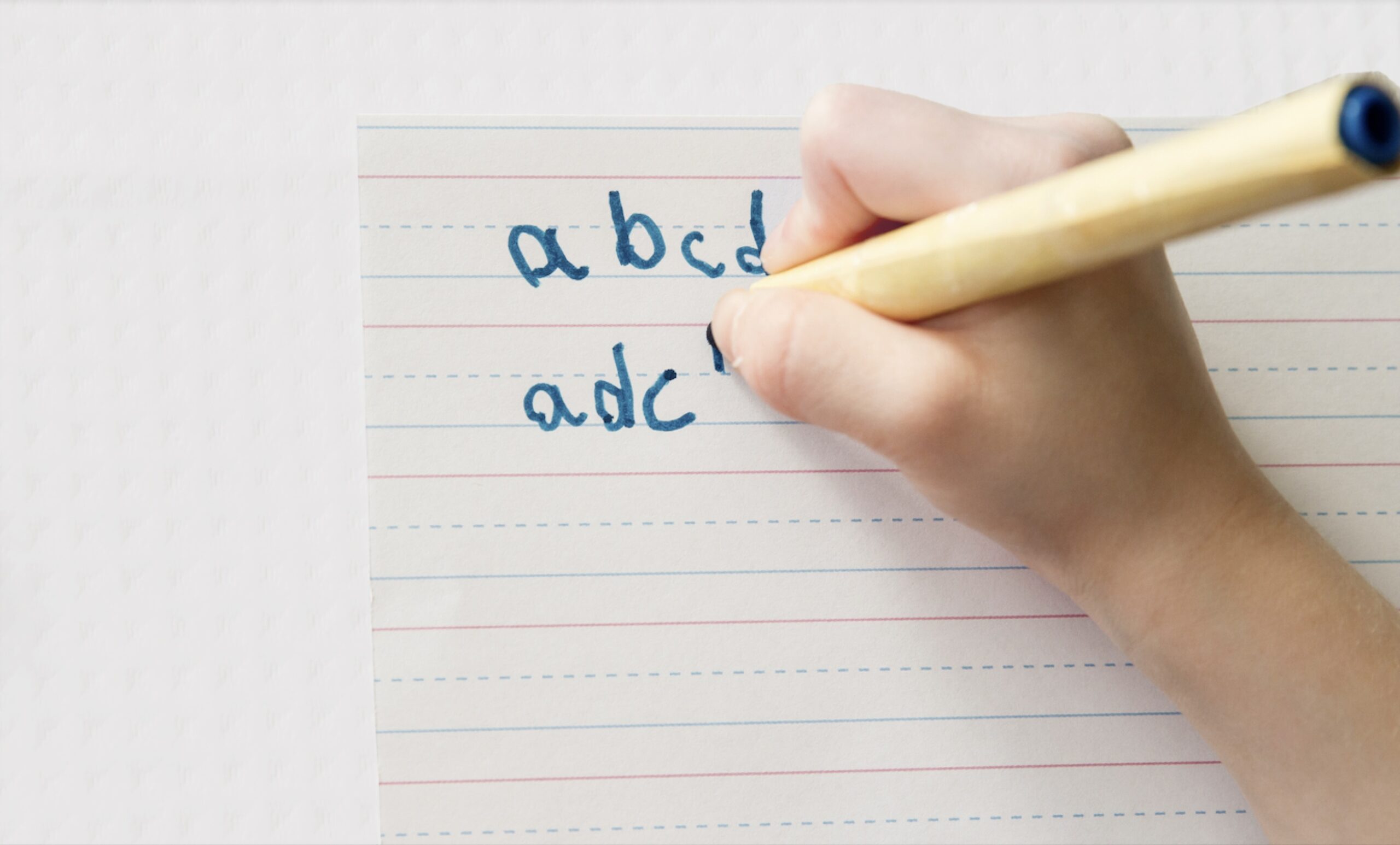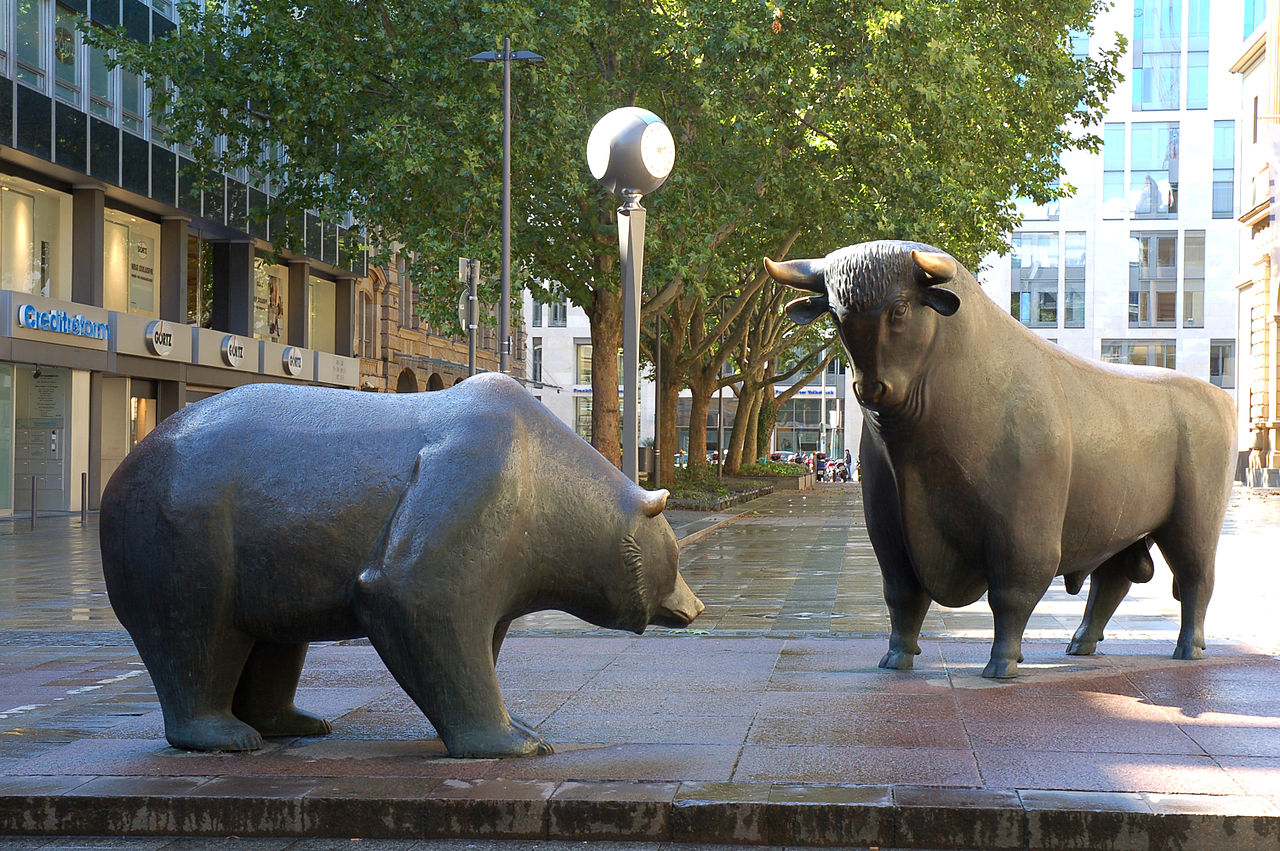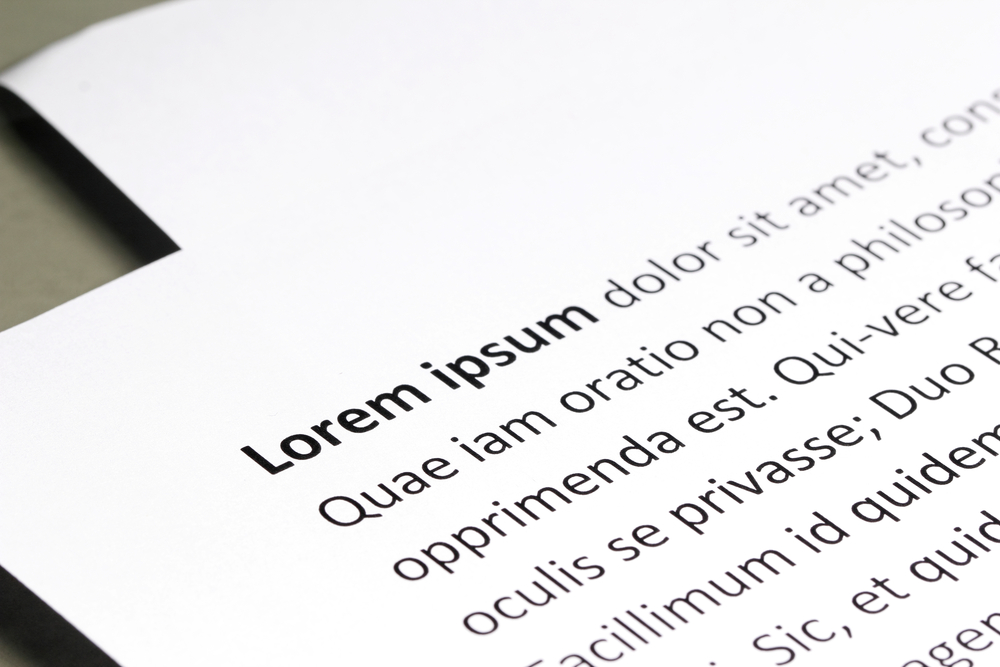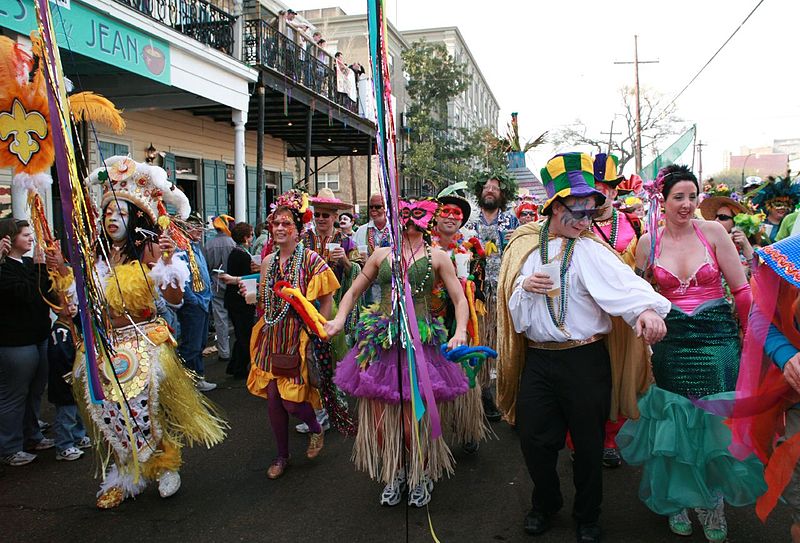Reading Time: < 1 minutes
- OK stands for All Correct.
- In the 1830s, there was a growing trend in America of using short forms or abbreviations.
- For example, SP for Small Potatoes, ISBD for It Shall Be Done.
- Young, cool, intellectual types in Boston, USA, took it a step further and started giving the abbreviations a spin.
- They used wrong abbreviations as a cool code to belong to a group.
- For example, Enough Said was KC (Knuff Ced), All Right was OW (Oll Wright), No Use was KY (Know Yuse).
- In the 1820s-30s, All Correct had been a common phrase to suggest everything was good.
- On 23 March 1839, OK, meaning All Correct, was used for the first time in the Boston Morning Post newspaper.
- Soon other papers followed and spread the word around America; OK became popular.
- Then 1840-41, the 8th US President Martin Van Buren wanted to re-contest Presidential elections.
- He was from Kinderhook, New York, and his followers worked out a campaign OK, “Old Kinderhook”.
- “If you vote for Old Kinderhook, you vote for All Correct,” & “Are you OK?”
- The opposition started using OK for Orful Konspiracy.
- Because of such extensive use in public and press, OK became a part of the American language.
- In 1844, the telegraph debuted, and this short word with an ability to communicate a big feeling of “everything is fine” caught on.
Also Read:
Why do we say “hello” when we pick the phone?
Image courtesy of Stephen Poore through Unsplash
Reference shelf :

